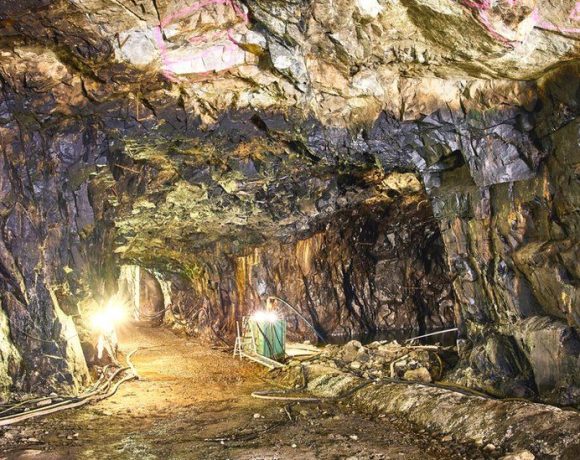
A prominent think tank, the Economic and Social Research Institute (ESRI), has projected solid growth for Ireland’s domestic economy in the next couple of years, driven by decreasing inflation and rising wages. They anticipate a 2.3% growth in modified domestic demand (MDD) for this year, followed by a 2.5% increase next year. MDD is a metric that filters out the influence of multinational corporations on Ireland’s economy. In 2023, MDD only saw a modest 0.5% growth due to factors like inflation and higher interest rates dampening spending and investment.
Despite a strong post-pandemic recovery, Ireland’s economic momentum slowed notably in 2023, partly due to increased inflation which hindered household finances. The ESRI noted a lack of real pay growth during 2022 and 2023. Real pay, adjusted for inflation, is a key indicator of changes in living standards. Both the ESRI and Ireland’s Central Bank anticipate an increase in real pay this year.
Traditionally, Gross Domestic Product (GDP) serves as the primary measure of economic performance; however, Ireland’s GDP is heavily skewed by multinational activities. Official data indicated a 3.2% contraction in Irish GDP in 2023. Usually, Irish GDP overestimates economic growth, but recent trends have shown the opposite, partly due to decreased sales and exports from US pharmaceutical companies’ Irish operations post-pandemic. The ESRI anticipates a recovery in Irish GDP over the next two years, driven by global trade improvements.
The ESRI also underscored the pressing need for Ireland to address well-documented infrastructure challenges, particularly in areas like housing, renewable energy, and public transport. Notably, plans for an underground rail link connecting Dublin Airport to the city center have reached the public planning hearings stage after more than two decades since the project’s inception.
Picture Courtesy: Google/images are subject to copyright

